Homesteading Where You Are Planted – 12 Steps Closer to Your Dreams
More and more people are embracing the simple, self-reliant, homestead lifestyle. You can begin homesteading where you are now.
More and more people are embracing the simple, homestead lifestyle. Many live in urban areas and feel frustrated at their inability to buy a rural property and live the good life. You don’t need to own acreage. You can begin to live the self-reliant lifestyle right now, where you live right now.
1. Practice frugal living skills
Stop eating fast food and convenience food. Start cooking from scratch, every meal, every day. Your health will improve. You will regain your energy. You will reduce your pain and live better. And you may even lose weight.
More about cooking from scratch here.
2. Get out of debt.
There is no quick fix for debt. One meal, one purchase at a time, will help you pay it down. Consider turning your skills into extra cash to help you pay it down faster.
You can get more ideas to help you get out of debt from my article.
3. Create a pantry.
Begin to stock up on food you use every day and create a pantry. Aim to have at least a 3 months supply of food in your pantry. I aim for 6 months of luxury food like coffee, quinoa, etc. But a full year of beans and rice staples. Dry goods are cheaper when bought in 50 lb. bags. If your family is too small to use 50 lbs. of rice in a year, find a like-minded family to share the bounty. In our area, we have a food co-op that makes these kinds of purchases and shares them with the members. When I costed out the difference between going with the food co-op and buying it myself from the bulk food store, the co-op purchase was more than double the price per lb. If you have a food business, such as selling baked goods at the farmer’s market, you may be able to negotiate a business discount at your local bulk food store, which will increase your savings.
More about this in my article the pantry method of meal planning.
4. Meet your local food producers.
Buy from local growers. Talk to them about how they grow the food. I talked to one local farmer who told me that he wasn’t organic, but that he didn’t use herbicide. On further questioning, he admitted that he did use Round-up. He didn’t consider Round-up an herbicide. (duh!) Make sure you talk to the farmer and don’t assume anything. Once you establish some relationships with your local farmers. Value them. Support them. Don’t look for the cheapest price, look for the best food for your dollar.
Support a local CSA. It may seem more expensive at the outset. You may be able to help at the farm. Only the best produce is put in the CSA boxes. Lots of produce end up being composted. By helping at the local CSA you may be offered less than perfect veggies to take home.
5. Take a spot in your local community garden or allotment garden.
A few hours once a week to weed, water and harvest will reward you with food throughout the growing season. And some to preserve.
Check out my article about the subversive garden plot.
6. Use the space in your home to grow food.
On a balcony, in a sunny window, beside a walkway, on the roof of your apartment building, in a vacant lot. There are many unused places where food can be grown. Use container plantings to maximize your output. Choose plants that can be cut and will come again like chives, lettuce, chard, green onions, most herbs, kale, collards. Even carrots and potatoes can be grown in containers. Climbing plants like beans and peas also work well in containers provided that they have something to climb on.
When I was a little girl we rented a basement suite in an old house in Vancouver. The owners were an elderly Italian family that grew all their own vegetables in the backyard garden. They also had concord grape vines that grew over the roof of the house. Every year the grapes provided enough fruit for wine, jelly, juice and fresh eating, with very little maintenance.
7. Consider adding livestock to your home, if the city bylaws allow it.
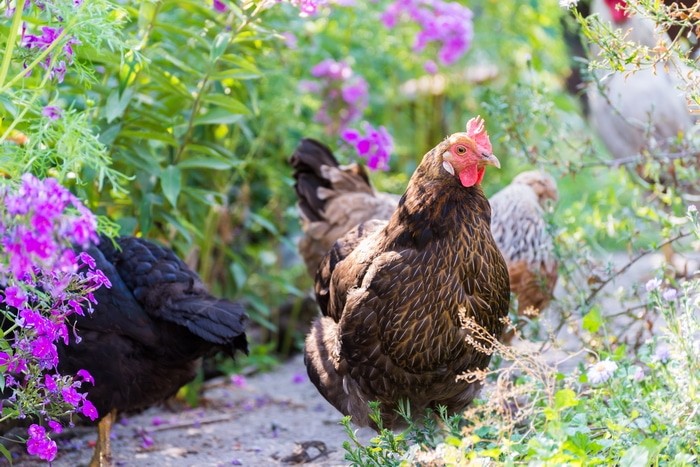
If they don’t, start the process to have them consider amending by-laws to allow backyard chickens, goats, rabbits, quail, and ducks. Rabbits and quail can be housed in small cages on a balcony or in a backyard. These rich sources of protein kept people alive during ww1, the depression, and WWII when food was scarce. They can be fed weeds, and food scraps from hedgerows, so that the only investment is your time. Animals used for eggs and milk provide a better source of protein than animals used for meat because they continue to provide year-round sustenance.
During the depression, people kept dairy goats, as pets, on balconies and rooftops in New York City. During WWII people in London kept Dairy Goats in sheds, and walked them on leases through the hedgerows, twice a day. In Holland, people kept backyard rabbits, and the practice continues today. 2 does and a buck will provide 1 meal of meat every week for a year, while being fed garden waste, and hay made from the hedgerows.
8. Learn to hunt.
Does your city have a problem with domestic rabbits turned feral? Ask if you may harvest them for food.
Deer overpopulation in your community. Join the local group that has permission to harvest them for food. Cougars harvest them in the city, why not hungry people, too.
9. Learn to fish.
When my husband was teaching at a university in the city, an international student from Russia, spent every Saturday at the river, fishing to supply himself with meat for the week. Trout can be canned with a pressure canner, like salmon, and the taste and texture are similar to the best sockeye. Right now in my community there are people ice fishing on the frozen lakes and bringing home trout for their family’s sustenance.
10. Learn to can your food.
While freezing food is faster than canning. Freezing relies on an unlimited supply of electrical power. If the power supply is interrupted. Your food is wasted. By canning it, Lacto-fermenting it, or drying it, food can be kept preserved for a long period without spoilage. If you plan to can meat and vegetables invest in a pressure canner. It will reward you with decades of successful canning and prevent food-borne illnesses.
11. Sell yourself.
Don’t wait to earn enough income to get yourself out of debt, through your job. Start a business now. Find the thing that you love to do the most and then find out what people need that you can provide. Turn it into a business and begin to sell yourself. Make sure that it’s legal. Learn as you go. Websites like Etsy make it easy to sell homemade crafts. If you have a service to offer, set up a website and a blog. It takes a couple of years to begin to make a profit, so if you start now, by the time you are out of debt you will also be making a profit from your business if you stick at it. And even if it isn’t profitable at first, you will learn a lot about running a business, learning from your mistakes, so that you will be in a better position to launch a new business and make it profitable in the future. Don’t be afraid of failure.
Check out my articles on starting a website and a home-based business.
12. Learn to create the things you need from materials that you have on hand.
Clothing, household articles, furniture can all be manufactured from things that you have on hand. This is the crown of the homesteading lifestyle. You can begin to practice this now, right where you live. If you need ideas on how to make what you need sign up on Facebook for the Joybilee Farm Facebook page. And follow me on Pinterest.
Think you don’t have time to make what you need? Look for the time that is wasted in your day. Do you have a commute where you can knit, read or listen to a teaching CD? Are you spending time watching TV or videos that you could use to create something instead?
Put off purchasing one thing on your ‘want’ list and try to make it instead. You will have the deep satisfaction of meeting a need with your own hands and you will learn a valuable lesson in delayed gratification.
These 12 steps are the basis of homesteading. Living without debt with an attitude of self-reliance, meeting your needs with the skills of your own hands, and then meeting the needs of others with generosity and business acumen, form the basis of modern homesteading. You can complicate it or simply it as you chose with off-grid living or a rural lifestyle. But homesteading comes down to these basic ideas and skills.
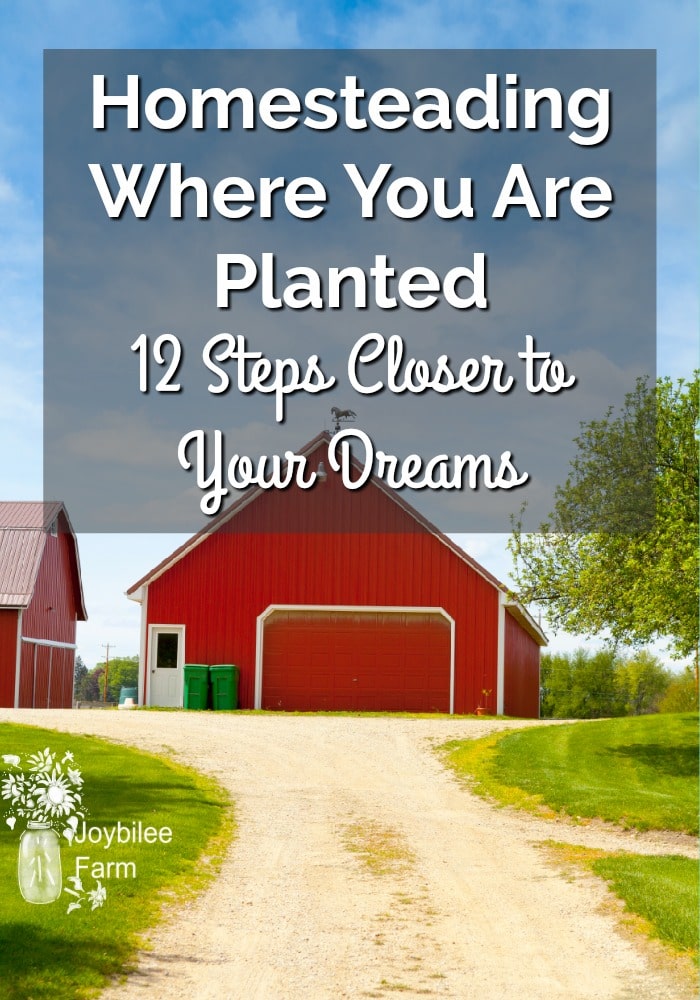
Back to you:
Did this article inspire you to try one more homesteading skill? Tell me what you are doing to make it real for you? Where are you at in your long-term homesteading goals? Leave a short comment and let’s talk about it.
My favourite resources to help you homestead better in the city:
Urban Homesteading: Heirloom Skills for Sustainable Living
The Urban Homestead (Expanded & Revised Edition): Your Guide to Self-Sufficient Living in the Heart of the City (Process Self-reliance Series)
The Complete Idiot’s Guide to Urban Homesteading
The City Homesteader: Self-Sufficiency on Any Square Footage
The Ultimate Guide to Homesteading: An Encyclopedia of Independent Living (The Ultimate Guides)
Extreme Simplicity: Homesteading in the City
Homesteading in the 21st Century: How One Family Created a More Sustainable, Self-Sufficient, and Satisfying Life
Photo credit: Creative Common License: Flickr Qtea


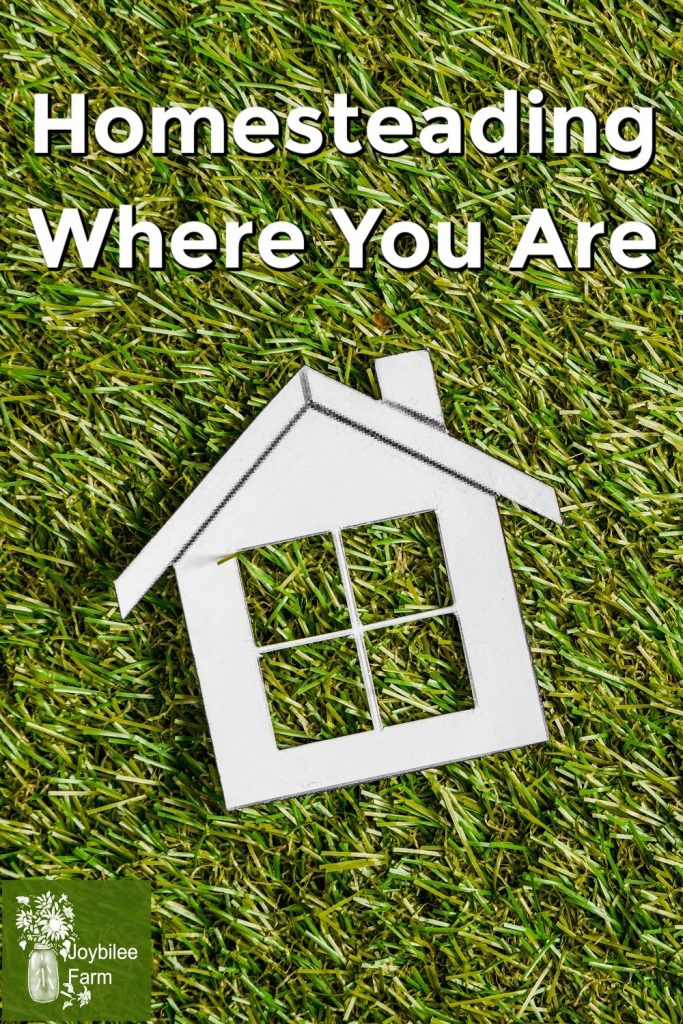
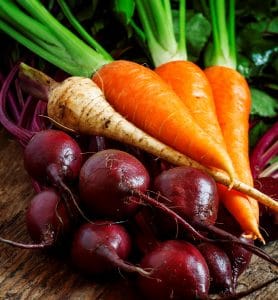
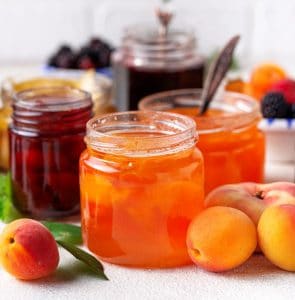

GREAT POST! I love the tips listed.
These are the same topics that are talked about and articles written about at great length at
http://www.EARTHINEER.com
Have you been there yet? You should check it out!